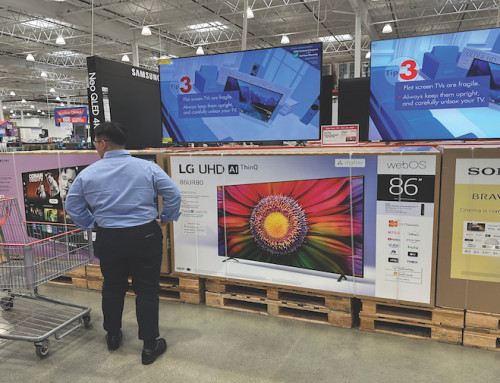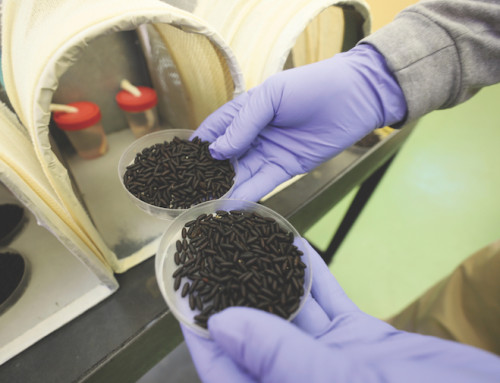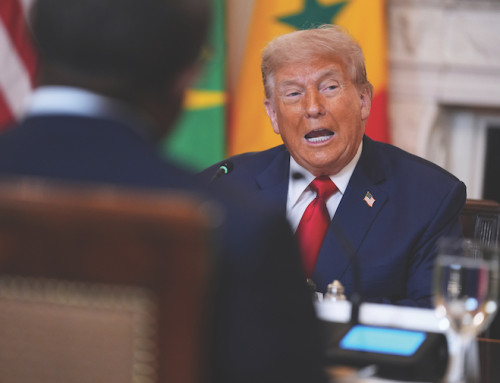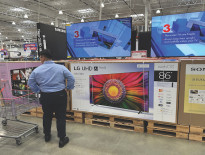WASHINGTON (AP) — Democrats and Republicans don’t agree on much, but they share a conviction that the government should help American manufacturers.
Democratic President Joe Biden handed out subsidies to chipmakers and electric-vehicle manufacturers while Republican President Donald Trump is using tariffs to protect domestic industry from foreign competition.
American manufacturing, though, has been stuck in a rut for nearly three years. The U.S. Labor Department reports that American factories shed 7,000 jobs in June for the second month in a row. Manufacturing employment is on track to drop for the third straight year.
The Institute for Supply Management, an association of purchasing managers, reported that manufacturing activity in the United States shrank in June for the fourth straight month. American factories, in fact, have been in decline for 30 of the 32 months since October 2022, according to ISM.
“The past three years have been a real slog for manufacturing,’’ said Eric Hagopian, CEO of Pilot Precision Products, a maker of industrial cutting tools in South Deerfield, Mass. “We didn’t get destroyed like we did in the recession of 2008, but we’ve been in this stagnant, sort of stationary environment.’’
Certain economic factors have contributed to the slowdown, including a surge in inflation arising from the unexpectedly strong economic recovery from COVID-19 pandemic, increased factory expenses and the Federal Reserve hiking interest rates 11 times in 2022 and 2023. The higher borrowing costs added to the strain.
Some analysts argue that things aren’t necessarily bad for American manufacturing; they’ve just returned to normal after a pandemic-related bust and boom.
Factories slashed nearly 1.4 million jobs in March and April 2020 when pandemic-related government mandates forced many businesses to shut down and Americans to stay home.
Then American consumers, cooped up and flush with COVID relief checks from the government, went on a spending spree, snapping up manufactured goods such as air fryers, patio furniture and exercise machines.
Suddenly, factories were scrambling to keep up. They brought back the workers they laid off — and then some. Factories added 379,000 jobs in 2021 — the most since 1994 — and then tacked on another 357,000 in 2022.
In 2023, however, factory hiring stopped growing and began backtracking as the economy returned to something closer to the pre-pandemic normal.
In the end, it was a wash. Factory payrolls last month came to 12.75 million, almost exactly where they stood in February 2020 just before COVID slammed the economy.
“It’s a long, strange trip to get back to where we started,’’ said Jared Bernstein, chair of Biden’s White House Council of Economic Advisers.
Biden’s tax incentives for semiconductor and clean-energy production triggered growth in factory-building — investment in manufacturing facilities more than tripled from April 2021 through October 2024 — that seemed to herald a coming surge in factory production and hiring.
The factory investment spree, however, has faded as the Trump administration implemented new trade policies and, working with Congress, ended Biden’s subsidies for green energy.
For now, manufacturers are likely to delay big decisions on investing or bringing on new workers until they see where Trump’s tariffs settle and what impact they have on the economy, said Ned Hill, professor emeritus in economic development at Ohio State University.
“With all this uncertainty about what the rest of the year is going to look like,’’ he said, “there’s a hesitancy to hire people just to lay them off in the near future.’’









